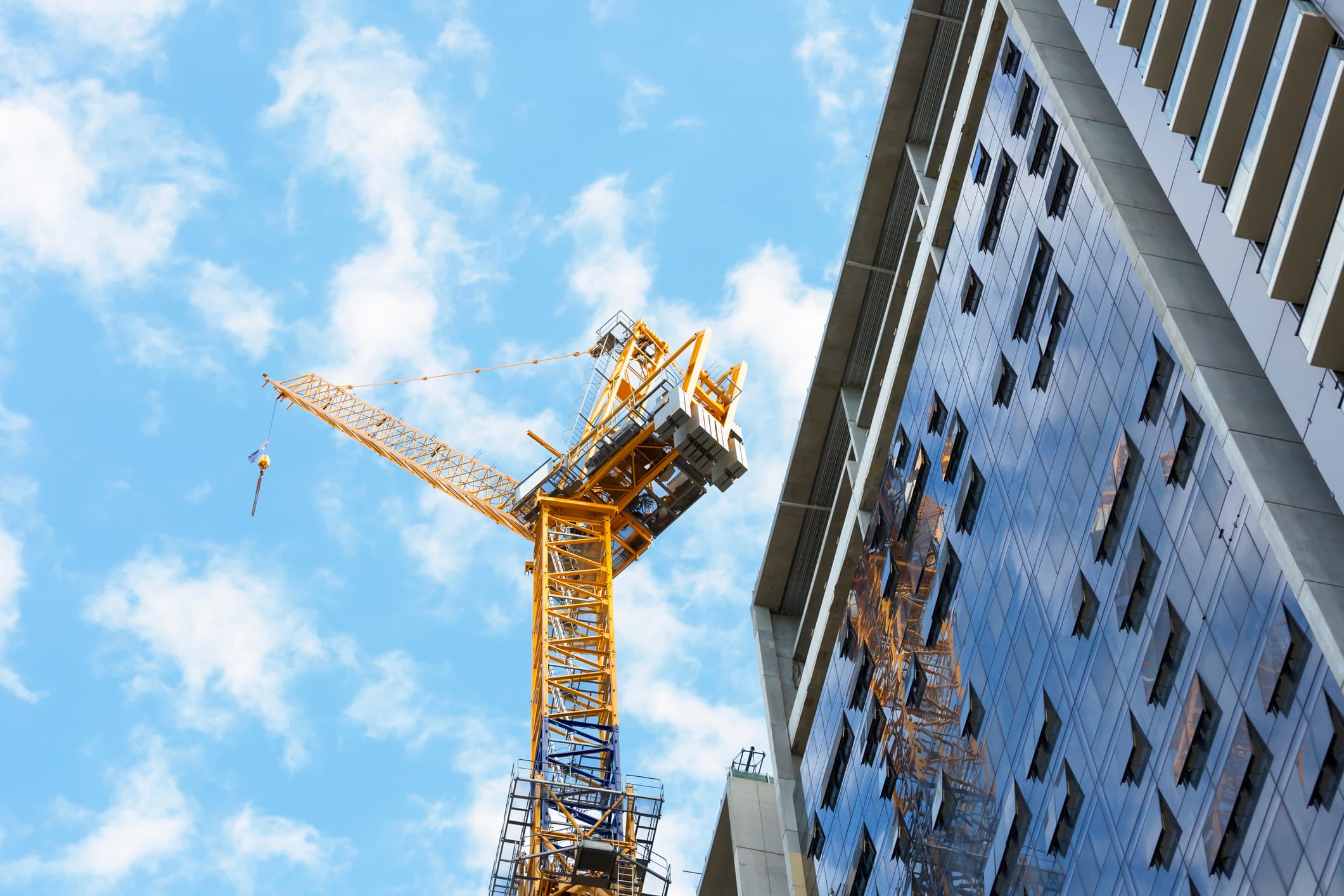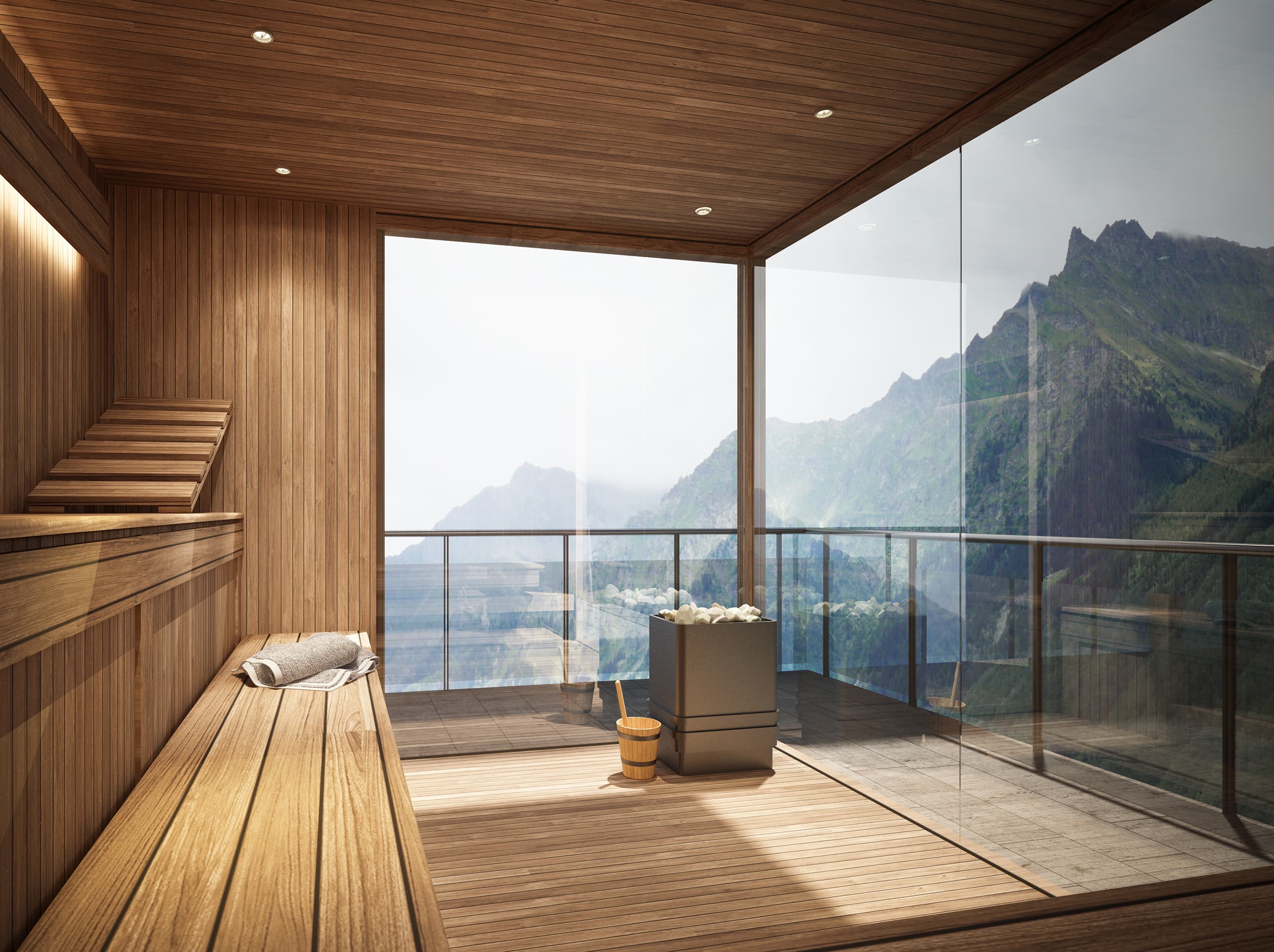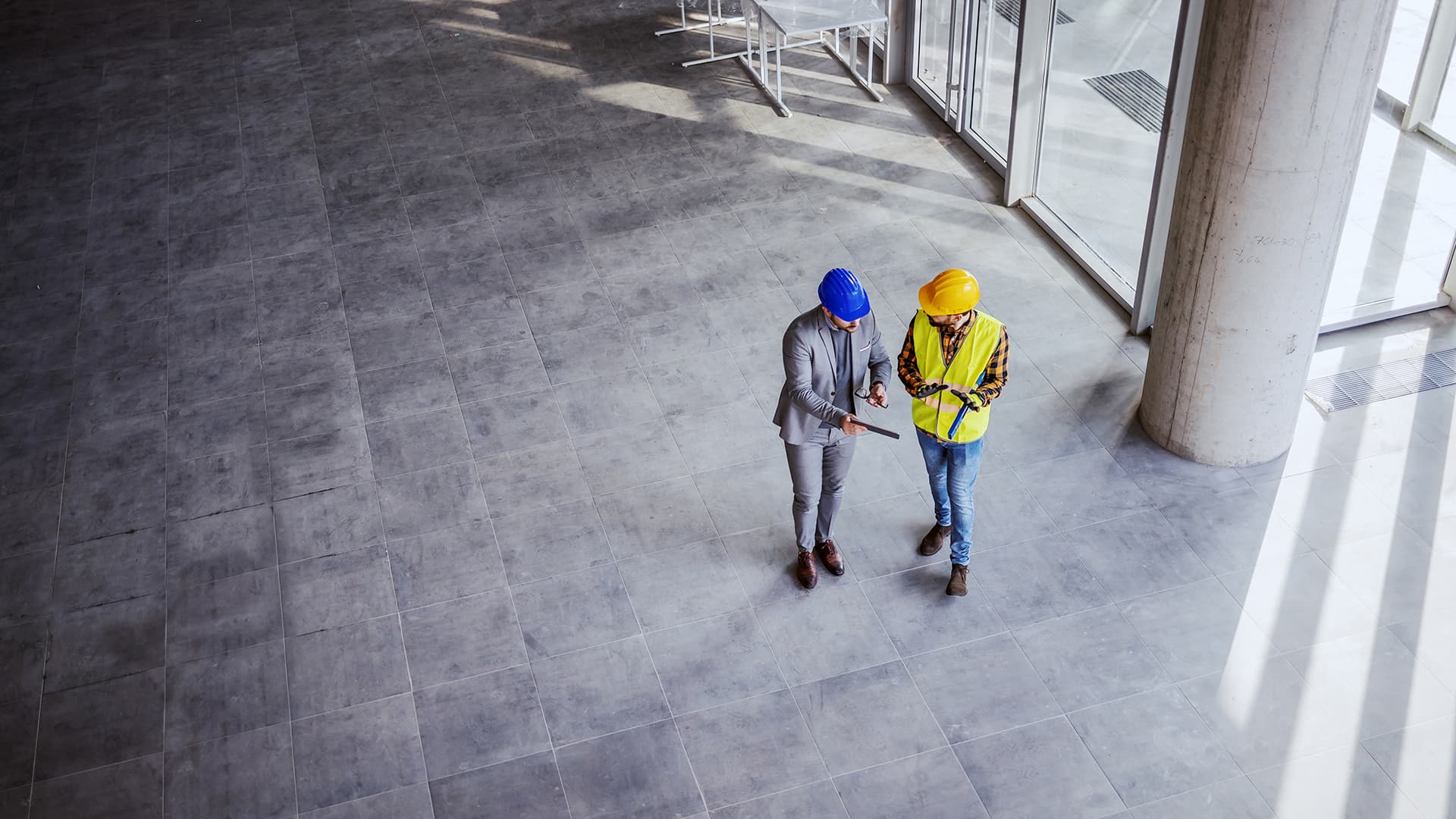Key highlights
From 1 July 2024, changes to Australia’s tax regime promises to encourage more foreign investment in Australia’s burgeoning build-to-rent (BTR) sector
Will these tax breaks support the scalability of BTR? Altus Group has run the numbers, using ARGUS EstateMaster, with some surprising results
The recent headline in the Australian Financial Review says it all: “Safe and steady returns a winning formula for build-to-rent”.
Build-to-rent (BTR) is not new to Australia. What is new, however, is the scale – and the Australian Government is looking to the nascent asset class to help it hit an ambitious target of 1.2 million new dwellings by 2029.
Analysis by EY has found the BTR sector in Australia equates to roughly 0.2% of the total value of the residential housing sector. Australia currently has around 23,000 BTR apartments in operation, under construction or in planning.
With the right settings, more than 150,000 new BTR homes could come to market over the next decade. Those settings are under scrutiny, following the May 2023 Federal Budget, in which the Australian Government announced taxation changes to encourage BTR. From 1 July 2024:
The managed investment trust (MIT) withholding tax rate for residential BTR developments will be halved from 30% to 15%
The capital works tax deduction, or depreciation rate, applied to BTR projects will be increased to 4% a year – up from 2.5% – which will shorten the period that construction costs of eligible buildings are depreciated from 40 to 25 years
To be eligible, developments must offer 50 or more apartments for rent, and they must be retained under single ownership for at least 10 years before being sold.
These new measures follow other state government incentives, including land tax concessions and exemptions from foreign investor land tax surcharges. But do these incentives truly tip the scales in favour of BTR?
ARGUS EstateMaster runs the numbers
ARGUS EstateMaster allows developers to test project viability, calculate key performance indicators, determine development margins, and manage risk using sensitivity and probability analysis.
The latest release of ARGUS EstateMaster includes new features specifically for the BTR sector, and that’s what we used to run a series of scenarios against a hypothetical model.
A robust forecast allows cashflow up to 50-years to capture whole-of-life modelling. The BTR Summary presents the project split out between development and investment phases and allows hurdle targets to calculate KPIs for each phase. Figure 1: A hypothetical BTR development project utilizing new incentives.
Figure 1 - A hypothetical BTR development project utilizing new incentives

We ran a hypothetical BTR development and modelled the impact of the various incentives. The MIT withholding tax concession is clear cut and delivers a consistent return improvement to the foreign investor’s bottom line of around 0.5% based on the assumptions we adopted in our model. For overseas investors waiting to deploy billions in capital and looking for return in a challenging economic landscape, such improvement may be appealing.
The capital works deduction was a different story – and in fact made little difference to the total return. While the 4% depreciation rate can improve cashflow during the holding period, we found that the capital gains increase on disposal can mitigate any benefits.
Our preliminary analysis suggests the two tax incentives will make BTR more attractive to foreign investment, though the depreciation rate increase didn’t significantly move the dial.
The performance puzzle
While the scenarios we used didn’t deliver a wildly better return, the benefits of the tax concessions can vary from project to project. And that’s why, with all feasibility studies, the devil is always in the detail. BTR investments are lean and deliver what some analysts have called “social infrastructure-type returns”.
“The type of investors who invest in these assets are categorised as long-term ‘patient capital’, such as pension funds super funds and insurance companies,” EY’s Luke Mackintosh recently told the Australian Financial Review. “They are looking for annuity-style returns. These BTR assets are the toll roads and bridges for residential apartments.”
Unlike build-to-sell, where a developer may have holding costs of three-to-five years, BTR holding periods can span decades. The performance of the asset during this period is a consequence of a multitude of factors, from occupancy to rental rates to expenses.
What makes or breaks at BTR feasibility is the operating model – and that means understanding the ‘worst case scenario’.
We know expectations of 100% occupancy are unrealistic, even in the best of times. The National Multifamily Housing Council in the US is a treasure trove of data. It tracked rent payments over the course of the pandemic, and found that 92% percent of renters made a full or partial payment, based on 11.8 million renters nationwide. This compared with 93.8% in 2020 and 95.9% in 2019.
How much will your operating margin be eroded by a construction market collapse? Another pandemic? A recession? What will that look like – and can you robustly compare model scenarios in an Excel spreadsheet?
A GST waiting game
As we noted in our previous article, BTR is unlikely to be the 'master key’ that unlocks affordable housing.
Most institutional investors and large property players are targeting renters looking for lifestyle living. Think concierges, dog washes and rooftop bars, as well as carefully curated social scenes. While the amenities differ with each development, these premium offerings come with premium rents. And while these premium apartments will inject rental supply, they do not promise to solve the affordable housing challenge, especially at the social housing end of the market. From looking at other markets, we know BTR properties attract rents for 10-15% more than comparable housing.
Affordable BTR is more likely to be delivered by small and medium developers – and these developers are waiting for the day they can claim back the GST on their construction costs.
Goods and services tax is not payable on the rent received from a tenant. But BTR landlords cannot claim back the 10% GST incurred on third party costs associated with leasing activities, construction costs and maintenance.
Other property types that meet the definition of commercial residential premises – including hotels, motels, inns, hostels, boarding houses, caravan parks and camping grounds – can claim GST inputs. But because typical BTR assets do not fall within the definition of commercial residential premises, the 10% GST incurred on costs relating to the acquisition, construction, and leasing of the BTR asset are not recoverable.
This doesn’t just impact project feasibility. Claiming GST credits during the construction phase will reduce debt exposure, and risk too.
Our message is clear: Don’t get caught in developer FOMO. The tax breaks will tip the scales in favour of some BTR developments, but not all. Even with incentives and more favourable taxation, BTR won’t always stack up, and many developers will continue to play the waiting game.
Authors

Niall McSweeney
Head of Development Advisory, Asia-Pacific

Anthony Lisbona
Product Manager

Lionel Newcombe
Real Estate Solution Expert
Authors

Niall McSweeney
Head of Development Advisory, Asia-Pacific

Anthony Lisbona
Product Manager

Lionel Newcombe
Real Estate Solution Expert
Resources
Latest insights



Jan 9, 2025
Building the future - Key trends shaping Australia’s construction industry in 2025




